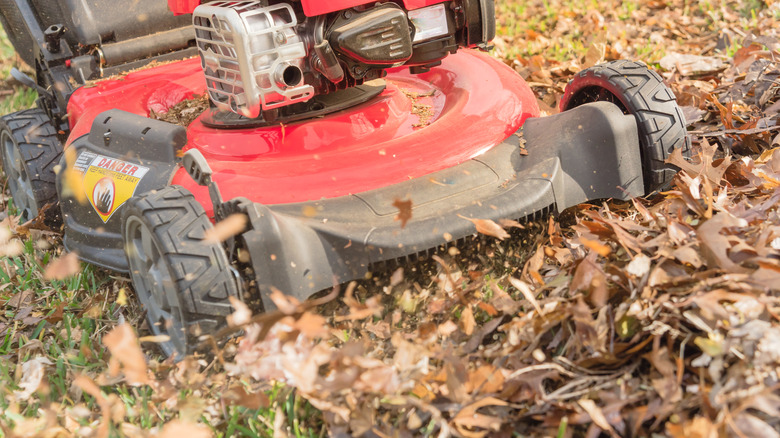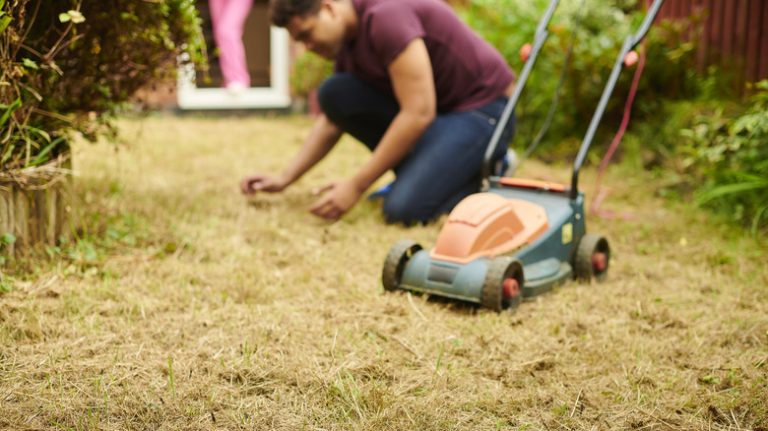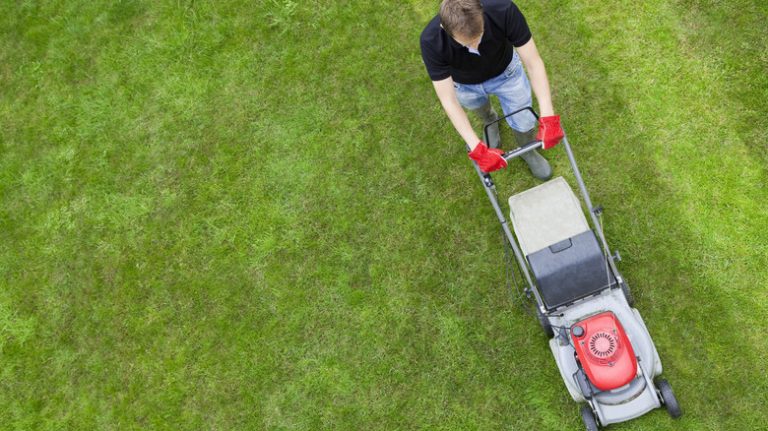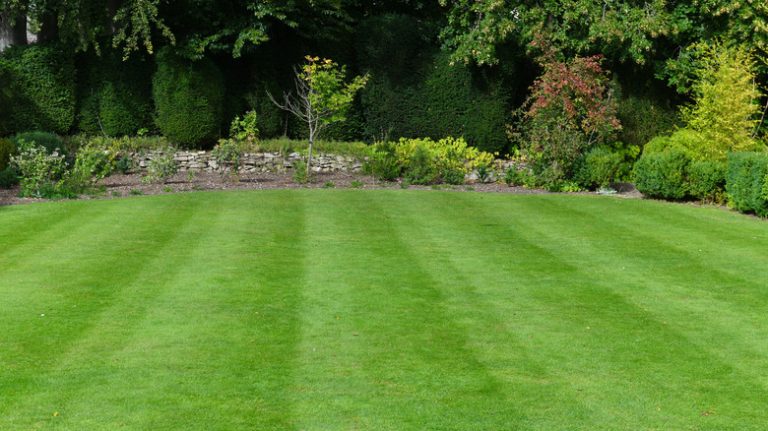If you are already taking advantage of mulching your grass instead of bagging it with your lawn mower, you may be wondering whether you can do the same with the leaves that fall from trees in your yard. Certainly, bagging and raking dead leaves on your lawn is a lot of work, meaning you may have an interest in finding another, less labor intensive option. Mulched leaves do have quite a few benefits, including adding nutrients back into the grass. However, it isn’t always the perfect scenario to use to clean up your yard in the autumn, as there are a few drawbacks.
The primary drawback to mulching your leaves with a lawn mower is that if you live in an area with a wet autumn, they may become so damp that the mower is unable to grab them off the ground. This can leave too many large chunks behind, which may smother the grass over the winter. Additionally, if the layer of wet leaves is thick because of the large number of trees in your yard, your mower may not be able to chop them up into small enough pieces. Instead, the wet, large chunks of chopped pieces may end up smothering the grass.
Ultimately, you may have to also run a rake over the leaves to prevent this issue. Mulching first can reduce the amount of work you have to do when raking.
Finding the right mower for mulching leaves is important
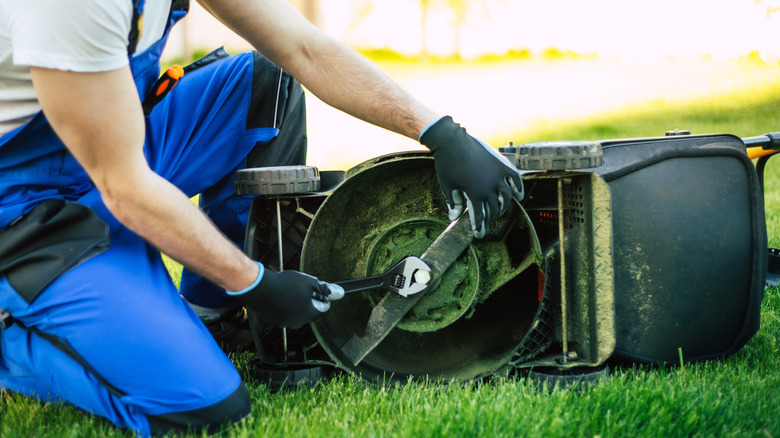
Even if you have a mower that works well for mulching the grass, it may not deliver the same benefit when it comes to chopping up fallen leaves. However, this issue is pretty rare. The blade on a mulching lawn mower nearly always has a curved surface, which gives it more surface area for making the cuts while also lifting the cuttings upward into the deck. They can then be cut again, which eventually results in smaller pieces. This type of blade also works nicely for chopping up fallen leaves.
If you have a mower designed to simply take care of overgrowth, rather than to create a manicured lawn, it may have a flat blade. The flat blade doesn’t work well for mulching, but some mowers have different kits available. You could use the kit to replace a flat blade with a curved one, making it easier to pick up and chop the leaves into small pieces. You can expect to pay around $40 for one of these kits, but the actual cost will depend on the type and size of machine you own. Either way, choosing to mulch your leaves could bring an extra cost if you need the kit.
If your mower does not seem to be chopping the leaves small enough, you can use a rake to spread them over a greater distance before running the mower over the space again, but this creates extra work for you.
Problems that mulching leaves with a mower could cause
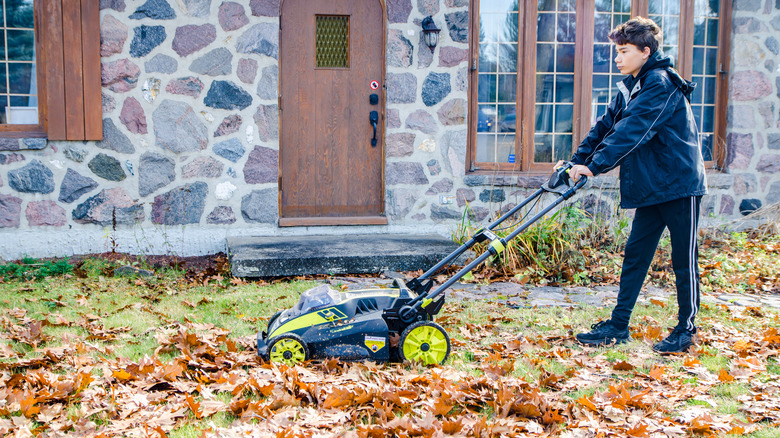
When mulching, you may end up having to run the mower over the top of the yard several times to fully chop up the leaves to a small enough size. Having pieces that are roughly the size of a dime creates the best results for protecting your grass. This rarely happens in one pass with a thick layer of leaves. Although running the mower multiple times may be less time and effort than raking, mulching leaves is not likely a one-and-done situation.
Another potential drawback occurs if the layer of fallen leaves on the yard is so thick that it hides items underneath. If your kids left a few toys in the yard or if you have pets that left tennis balls behind, you may not see them when you are operating the mower, causing you to strike them. Although you may not worry that much about destroying a tennis ball, pieces of anything you hit with the blade could end up flying out from underneath the mower, striking you or someone else nearby. Raking prevents this from happening.
If you have quite a few pine trees along with the deciduous trees, you may have a lot of pine needles mixed with the leaves. Chopping up pine needles can add acid to the soil as they decompose. Overly acidic soil can cause problems with grass growth, generating yellow spots.

